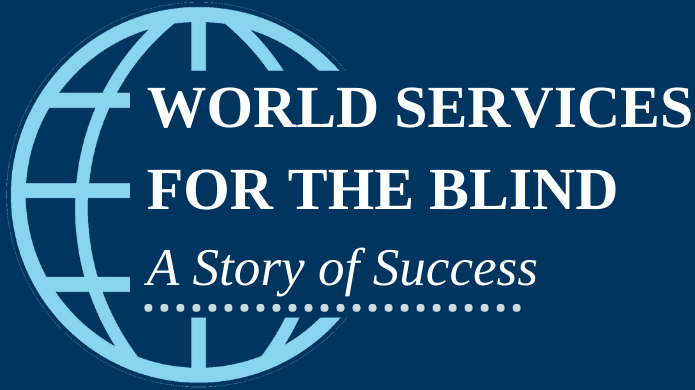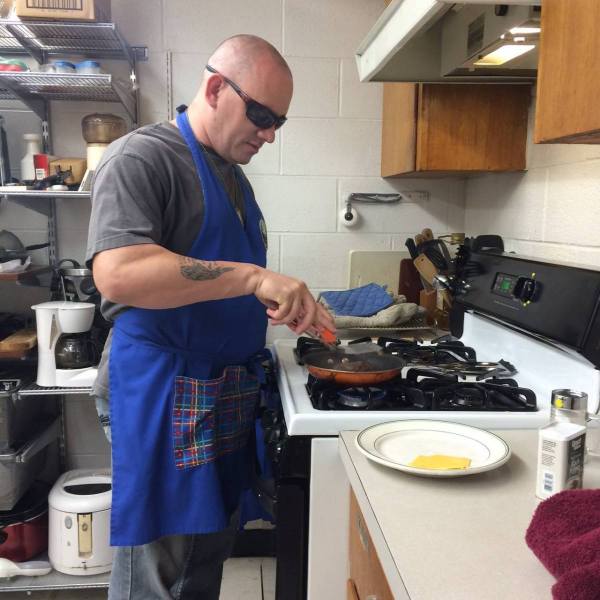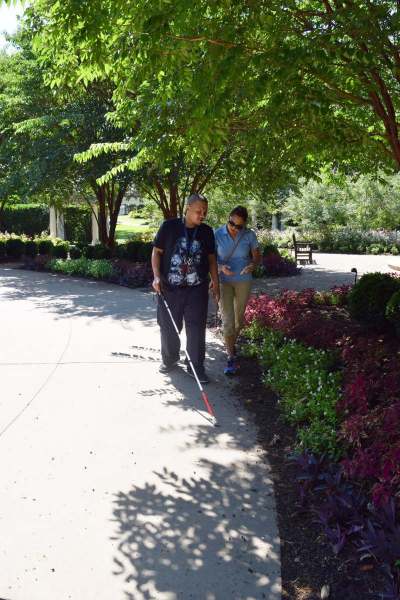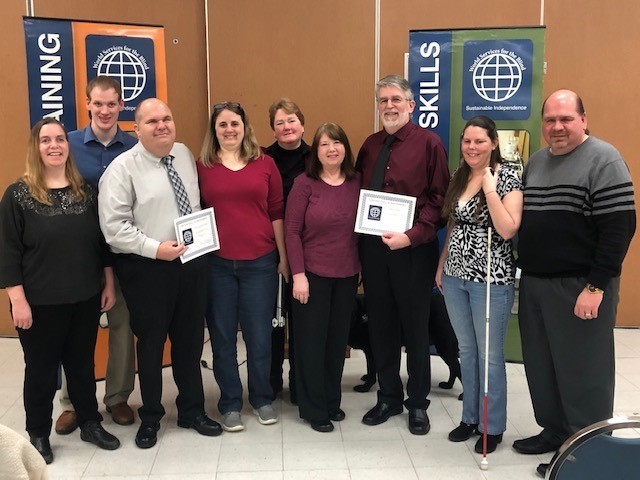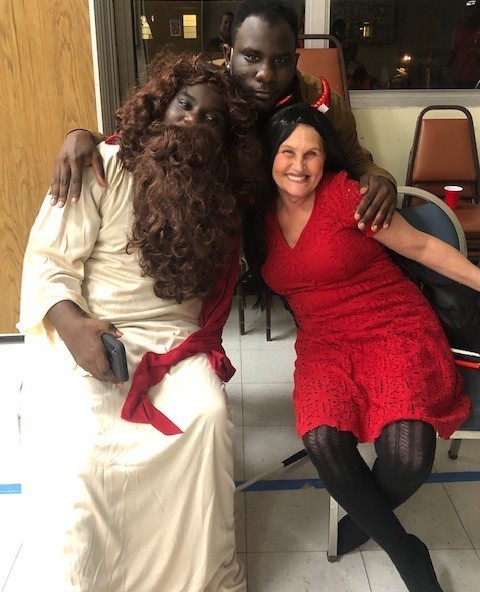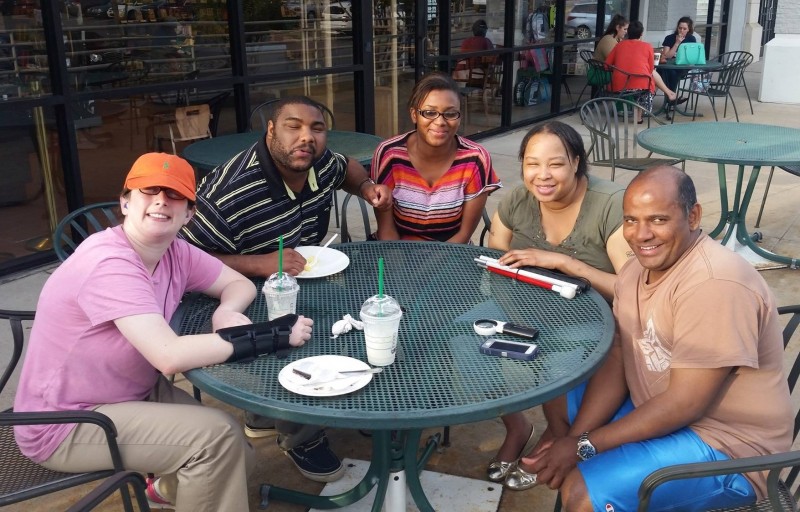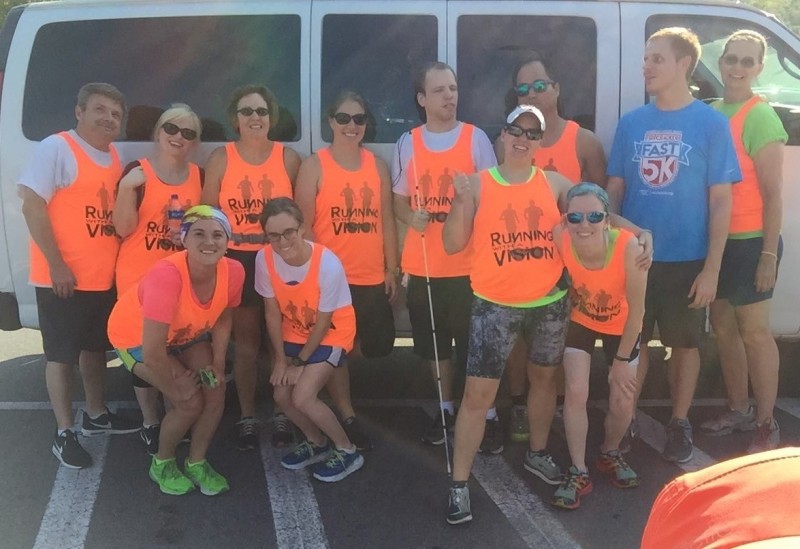LEARN MORE
WSB Legacy
⠠⠠⠺⠎⠃ ⠠⠇⠑⠛⠁⠉⠽
By: James Caton
A Vision of Independence
Since 1947, WSB has established itself as a leading rehabilitation and training center for the adult blind. By offering both life skills and vocational training at one facility, WSB has become one of the most comprehensive blind rehabilitation centers in the world. Over its seventy-five years of service, the center has served over 16,000 clients in 50 states and 59 countries. During this time, the center remained true to its mission: to empower the blind and visually impaired in the United States and around the world to achieve sustainable independence.
Access to Jobs
One aspect that sets WSB apart from other adult blind rehabilitation centers is its focus on career training and its extensive program offerings. Clients can take both online and in-person courses, and they can choose from a variety of careers in fields such as assistive technology instruction, massage therapy, medical billing, and credit counseling. Clients also receive job coaching and participate in internships to make them competitive in a sighted work environment. Oftentimes, internships have led to full-time employment.
Access to Technology
Access to cutting-edge assistive technology is one of the biggest changes in the education of the blind. In developing its programs, WSB embraces these technological advancements and teaches its clients how to access and use these resources to their advantage. By keeping up-to-date with technology, WSB prepares its clients to be competitive in the workforce, opening opportunities for better employment and increased independence.
Access to Community
Another key component of the WSB vision is access to community. Not only does the center give blind individuals access to skilled and sustainable vocational pathways, but it also gives them access to the blind community and the world at large. Losing vision as an adult is a frightening and isolating experience. People lose their ability to live independently and do everyday tasks such as driving, cooking, or using a cellphone. Sometimes, they also lose their jobs, their homes, and their social support network.
At WSB, clients receive counseling from a licensed social worker and connect with others going through similar situations. They become a part of the close-knit blind community and find their unique place in the world. Through these experiences, clients can come to terms with their blindness and start on a path back to independence. WSB’s current development of a group home for the blind is a significant step towards access and enabling its clients to develop greater independence. In the end, access to community is one of WSB’s major contributions to the blind and visually impaired.
Sources
“The WSB Story.” World Services for the Blind. Accessed August 5, 2022. https://www.wsblind.org/the-wsb-story.
About the Author
James Caton has served at the Arkansas School for the Blind and Visually Impaired in Little Rock, Arkansas, since 1995. During this time, he held many roles at the school before being appointed as superintendent by the Board of Trustees in 2016. He graduated from the University of Central Arkansas with a Master’s degree in School Leadership and a Postgraduate Certificate in District Leadership. He was certified as a Teacher of the Visually Impaired through Stephen F. Austin University.
